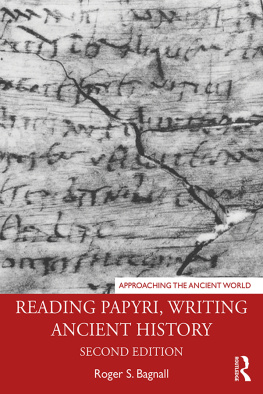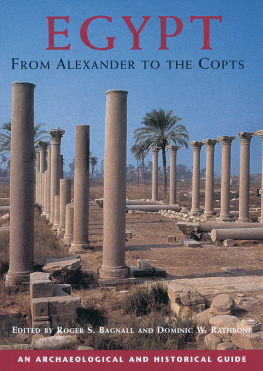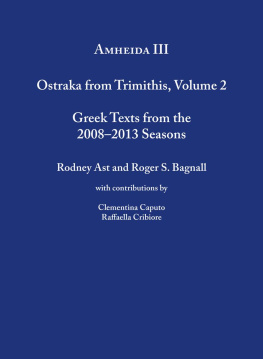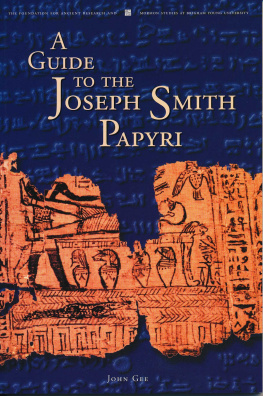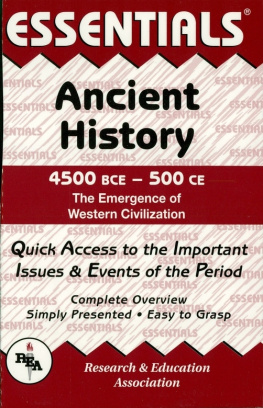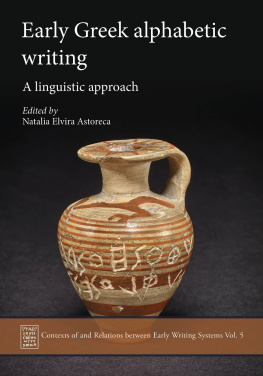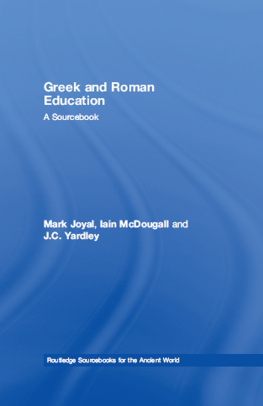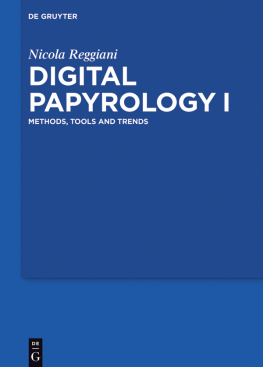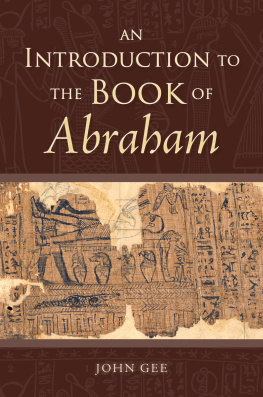READING PAPYRI, WRITING ANCIENT HISTORY
Since its first publication in 1995, Reading Papyri, Writing Ancient History has proved to be an invaluable resource for students of the ancient world looking to integrate papyrological evidence into their research. In the quarter century since its publication, changes in the research environment have affected papyrology like other fields. Although the core philological methods of the field remain in place, the field has increasingly embraced languages other than Greek and Latin, with considerable impact on the Hellenistic and Late Antique periods. Digital tools have increased the ease and speed of access, with profound effects on research choices, and digital imaging and materiality studies have brought questions about the physical form of written materials to the fore.
In this fully revised new edition, Bagnall adds to the previous analysis a portrait of how the use of papyri for historical research has developed during recent decades. Updated with the latest research and insights from the author, the volume guides historians in how to use these scattered and often badly damaged documents, and to interpret them in order to create a full and diverse picture of ancient society and culture.
This second edition of Reading Papyri, Writing Ancient History continues to offer students and researchers of the ancient world a critical resource in navigating how to use these ancient texts in their research.
Roger S. Bagnall is Jay Professor of Greek and Latin and Professor of History, emeritus, at Columbia University, USA, and Professor of Ancient History and Leon Levy Director, emeritus, at the Institute for the Study of the Ancient World, New York University, USA. His other publications include Egypt in Late Antiquity (1993), The Demography of Roman Egypt (1994), and Everyday Writing in the Graeco-Roman East (2011).
APPROACHING THE ANCIENT WORLD
The sources for the study of the Greek and Roman world are diffuse, diverse, and often complex, and special training is needed in order to use them to the best advantage in constructing a historical picture. The books in this series provide an introduction to the problems and methods involved in the study of ancient history. The topics covered range from the use of literary sources for Greek history and for Roman history, through numismatics, epigraphy, and dirt archaeology, to the use of legal evidence and of art and artefacts in chronology.
Literary Texts and the Roman Historian
David Potter
Cuneiform Texts and the Writing of History
Marc Van De Mieroop
Archaeology and the Bible
John Laughlin
Literary Texts and the Greek Historian
Christopher Pelling
Epigraphic Evidence
Ancient History from Inscriptions
John Bodel
The Archaeology of Mesopotamia
Theories and Approaches
Roger Matthews
Theories, Models and Concepts in Ancient History
Neville Morley
Roman Archaeology for Historians
Ray Laurence
Reading Papyri, Writing Ancient History
Second edition
Roger S. Bagnall
For more information on this series, visit: https://www.routledge.com/classicalstudies/series/SE0153
Second edition published 2020
by Routledge
2 Park Square, Milton Park, Abingdon, Oxon OX14 4RN
and by Routledge
52 Vanderbilt Avenue, New York, NY 10017
Routledge is an imprint of the Taylor & Francis Group, an informa business
2020 Roger S. Bagnall
The right of Roger S. Bagnall to be identified as author of this work has been asserted by him in accordance with sections 77 and 78 of the Copyright, Designs and Patents Act 1988.
All rights reserved. No part of this book may be reprinted or reproduced or utilised in any form or by any electronic, mechanical, or other means, now known or hereafter invented, including photocopying and recording, or in any information storage or retrieval system, without permission in writing from the publishers.
Trademark notice: Product or corporate names may be trademarks or registered trademarks, and are used only for identification and explanation without intent to infringe.
First edition published by Routledge 1995
British Library Cataloguing-in-Publication Data
A catalogue record for this book is available from the British Library
Library of Congress Cataloging-in-Publication Data
Names: Bagnall, Roger S., author.
Title: Reading papyri, writing ancient history / Roger S. Bagnall.
Description: Second edition. | Abingdon, Oxon; New York, NY : Routledge, 2019. |Series: Approaching the ancient world | Includes bibliographical references and indexes.
Identifiers: LCCN 2019008076 (print) | LCCN 2019012107 (ebook) | ISBN 9781351214582 (ebook) | ISBN 9781351214575 (web pdf) | ISBN 9781351214551 (mobi/kindle) | ISBN 9781351214568 (epub) | ISBN 9780815379911 (hardback : alk. paper)| ISBN 9780815379928 (pbk. : alk. paper) | ISBN 9781351214582 (ebk.)
Subjects: LCSH: History, Ancient--Historiography. | History, Ancient--Sources. | Manuscripts (Papyri) | Paleography.
Classification: LCC D56 (ebook) | LCC D56 .B34 2019 (print) |DDC 930.072--dc23
LC record available at https://lccn.loc.gov/2019008076
ISBN: 978-0-8153-7991-1 (hbk)
ISBN: 978-0-8153-7992-8 (pbk)
ISBN: 978-1-351-21458-2 (ebk)
As the preface to the first edition of this book indicates, it grew out of my experience over many years of working with papyri as historical documents, but it reflected particularly the methodological concerns that had been central to my work on Egypt in Late Antiquity (1993). These had crystallized in my mind in the process of writing that book, which was nearing conclusion when Richard Stoneman invited me to write a short book about the use of papyri as evidence for ancient history. The quantitative interests that play a significant role here (chapter 5) also find an echo in The Demography of Roman Egypt (1994), a product of the same period in my life, even though most of the quantification in that book was the work of my co-author, Bruce Frier.
The book was generally well received by reviewers, but a few of the more thoughtful reviews suggested possible improvements or directions that I might have taken. (A list of reviews known to me is given at the end of this preface.) I have tried as far as possible to take these into account in this second edition, but my disbelief in the value of high-level theory remains intact. And my conviction that the writing of history requires a diversity of gifts and thus of historians (chapter 8) means that, although I am conscious that I have left aside some subjects and approaches others might wish to see given prominence, this is only the natural result of my own limitations, not of disdain for their potential interest.
This closed environment has, I believe, fostered a generally rather unreflective climate, in which the usability and uses of the evidence of the documents are taken for granted, and in which the really difficult questions about how far one may generalize from them are barely mentioned, let alone discussed explicitly. Methodological discourse in papyrology has been limited essentially to the editing and criticism of texts.
In the preface to the first edition, I noted the generally rather unreflective climate of papyrology, in which the usability and uses of the evidence of the documents are taken for granted. That passage is probably the most quoted part of the book. The climate has certainly changed in various ways, including substantive contributions to the broader issues of history-writing by Todd Hickey and Peter van Minnen, on which I have drawn.

